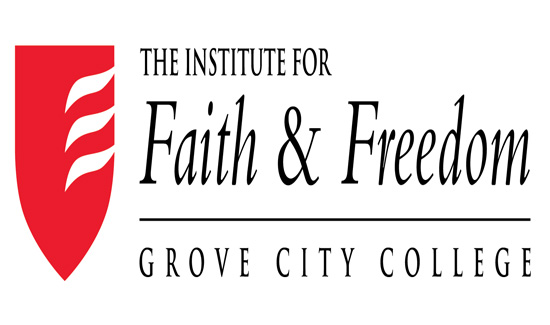Bud Light’s Super Bowl Hail Mary

By Richard Kocur
The Hail Mary pass. It’s a desperate, last-ditch attempt by a football team to score a touchdown in the waning seconds of the game. The pass usually comes from near midfield, well outside of the typical scoring zone, and, as the name implies, often requires a form of divine intervention to be successful. It rarely works, but when all else seems lost, why not try it?
.
With the NFL’s big game scheduled to take place in a few short days, the attention of football fans everywhere will be focused on two things: the game and the commercials. According to Ad Age magazine, this year a 30-second ad will cost approximately $7 million. One advertiser will be airing a full 60-second ad in what amounts to its Hail Mary attempt to reach and bring back an annoyed and still fuming consumer base. That brand is Bud Light.
Early in 2023, Bud Light marketing executives decided that the best way to communicate the attributes of their product to a target audience of mostly young, blue-collar males was to promote a sponsorship with self-identified transgender influencer and activist Dylan Mulvaney. As a result, Bud Light was hit with a consumer boycott that knocked the brand off the top spot in the light beer market with no rebound in sight. By disregarding its target consumer and following the well-worn path of woke corporate social activism, Bud Light placed activist priorities ahead of sound business decisions.
Since the Mulvaney controversy, the Bud Light brand has tried multiple different approaches to its advertising strategy, hoping to stem steeply declining sales and bring members of its target audience back into the fold.
Bud Light ads edged back toward a degree of the type of light-hearted comedy once a mainstay of the brand. The summer of 2023 featured an ad depicting beer drinkers at a summer picnic burning their bare feet on hot pavement and unsuccessfully wrestling with a hammock. The brand also used advertising during the NFL season that showed fans carrying out quirky, humorous game-day traditions. Neither ad approach was able to turn the brand around. Even Bud Light’s most recent ad, featuring America’s favorite pitchman, Peyton Manning, has failed to provide a bump in sales. That leaves one last, desperate play to call. A Hail Mary Super Bowl ad.
Bud Light will be running a 60-second ad during this year’s Super Bowl, one that will cost nearly $14 million. Anheuser-Busch promises a “humorous” commercial that, the company says, “introduce[s] a new character to the Bud Light universe” and is designed to bring the brand back to its lighthearted roots. A short snippet of the ad has already been released online. The question remains, however, is whether this Hail Mary will be too little too late for Bud Light.
Companies like Target and brands like Bud Light committed one of the cardinal sins of marketing: failing to keep their consumers at the heart of business decisions. Each disregarded its target audience in order to advance a woke corporate activist agenda, and both suffered the consequences. If only the executives at Bud Light had admitted their mistake and apologized at the outset of the Mulvaney controversy, the brand might have avoided the turmoil and sales decline of the last nine months. Businesses exist to serve their customers, not a woke social agenda; it really is that simple. Time is running out, and the only thing left to do is make one last desperate attempt at rescuing the Bud Light brand.
It’s Bud Light’s Super Bowl Hail Mary, and if it doesn’t land, the game is over.



